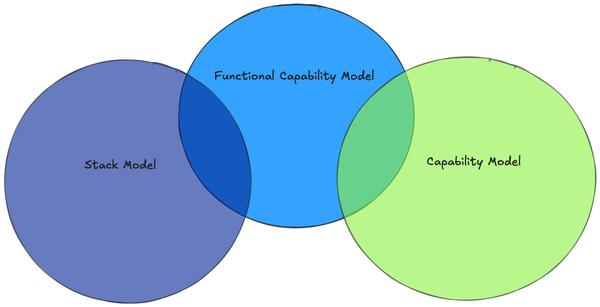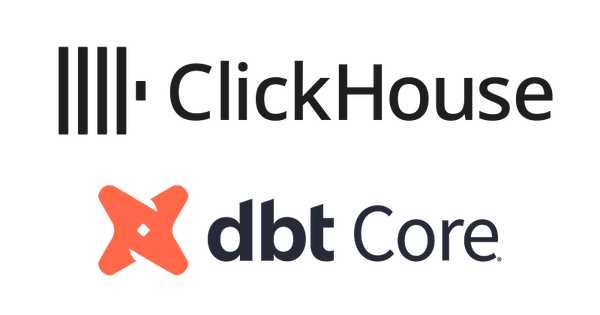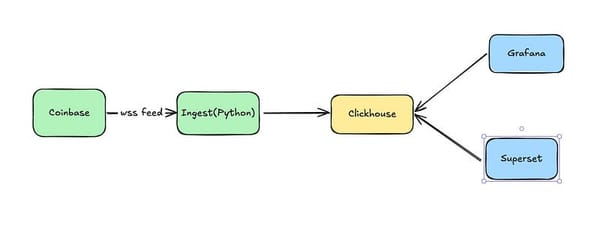Why Meltano Could Be Your Best (or Worst) Data Integration Choice
Introduction

Introduction
Choosing a tool that does not fit your team’s context can be an expensive and time consuming mistake. A poor fit in configuration management, deployment environment, API support, and granularity of controls can result in a terrible experience — even if the tool itself is objectively excellent.
In this article, we’ll take a look at Meltano, an open-source declarative integration engine, through this lens of team fit to help you evaluate whether it’s the right choice for your organization.
What is Meltano?
Meltano is an open-source project licensed under MIT and positioned as a “declarative integration engine.” It enables users to configure data pipeline plugins via textual configuration, aligning seamlessly with the “everything as code” approach. This design gives Meltano a familiar feel for engineers comfortable with coding-centric workflows, particularly those who embrace a DataOps mindset that prioritizes agility, collaboration, and automation in data workflows.
Initially focused on ETL, Meltano has evolved into a tool capable of managing an entire data platform. It achieves this through two core concepts: projects and plugins.
- Projects: These serve as the source of truth for Meltano configurations. By combining project-based configurations with environment variables, Meltano enables a layered approach to configuration management. Built around widely used tools like Python, YAML files, and environments, it integrates well into the existing toolchains of Python developers, ensuring ease of adoption for experienced teams.
- Plugins: The plugin-based architecture extends Meltano’s functionality far beyond raw data ingestion. It supports plugins for extractors, loaders, and utility tasks, such as transformations through its DBT plugin and orchestration via the Airflow plugin. Advanced features like shadowing, inheritance, and custom variants further enhance its extensibility, enabling organizations to tailor Meltano to their specific needs.
Meltano’s deployment options further highlight its flexibility. It can operate as a command-line driver for your entire data platform or be containerized and executed within your orchestration framework. This dual deployment capability allows teams to integrate Meltano into existing infrastructures or position it as the central component of their data platform.
However, this flexibility comes at a cost. Meltano’s steep learning curve makes it more challenging to adopt compared to other solutions. Teams must carefully evaluate their operational capabilities before committing to Meltano. Organizations with robust deployment and monitoring practices will find it easier to integrate Meltano into their architecture, but teams without these foundations may face significant challenges in deploying and supporting it effectively.
Strengths of Meltano
Flexibility:
- Customizable and extendable for specific organizational needs.
- Supports multiple deployment approaches, allowing engineering-driven organizations to fit it into their approach.
“Everything as Code” Approach:
- Enables version control, repeatability, and collaboration via Git repositories.
- Ideal for teams already accustomed to infrastructure-as-code or CI/CD pipelines.
Extensibility:
- Supports various plugins, including extractors, loaders, transformers and utilities.
- Easily integrates with popular tools like DBT and Airflow.
Granular Team Alignment:
- Allows projects to align with organizational structures (e.g., domains, teams, or projects), offering flexibility in deployment.
Challenges and Limitations
Complexity in Scaling:
- Plugin naming conventions and inheritance require careful planning, especially in larger environments with multiple teams or microservices.
- Managing dependencies across projects can become cumbersome without proper governance.
- Compared to fully managed solutions like Five Tran or Airbyte Cloud, Meltano demands significant operational investment.
Steep Learning Curve:
- Requires familiarity with coding-centric workflows, which may alienate less-technical teams.
- Configuration errors or poor project structuring can lead to maintenance challenges.
- Because you are dealing directly with code you are much more likely to encounter — and need to troubleshoot — common coding issues like dependency conflicts, configuration errors, and bugs in plugins.
Who is Meltano Best For?
Startups and Cost-Conscious Teams:
- Meltano fits into your tech ecosystem, avoiding the costs of a hosted platform.
- Because of its flexibility it also avoids the hidden cost of asking your engineering team to support UI centric or highly opinionated tools that force them into a one-off deployment or supporting a highly manual tool.
Engineering-Centric Organizations:
- Suited for teams with strong engineering capabilities that value extensibility and control.
- Works well for organizations already leveraging infrastructure-as-code practices.
Teams That May Struggle with Meltano
Less-Technical Teams:
- Teams lacking strong engineering resources may find the coding requirements and customization overhead prohibitive.
- Deploying a robust ETL solution in production has a lot of moving parts. Teams without that experience can find themselves struggling with support.
- While the cost of ownership for Meltano can be a strength for an engineering-centric organization, on a less technical team the additional cost of compute resources and support could far outweigh the savings.
Organizations Requiring Rapid Setup:
- Teams prioritizing ease of use and quick deployment may prefer managed solutions like Airbyte Cloud or Stitch.
Meltano offers a flexible and cost-effective solution for engineering-focused teams that value extensibility and control. However, its steep learning curve and operational demands mean it may not be the best fit for every organization. Teams considering Meltano should weigh its benefits against its complexity and the resources required for effective deployment.
If you would like to share your experiences or ask questions about evaluating technologies for your data stack, please reach out.




